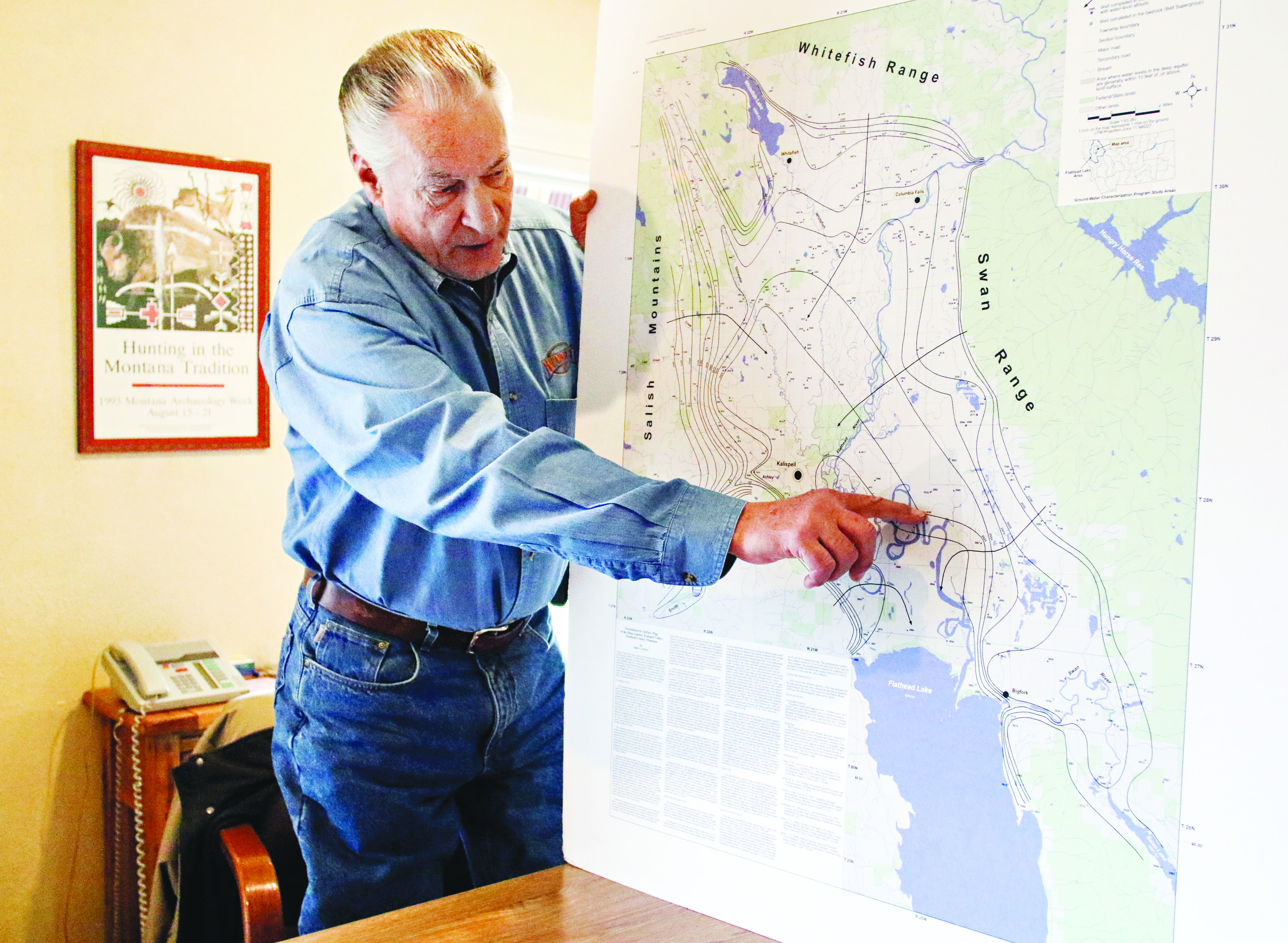A water bottling plant proposed on a slough along the Flathead River near Creston on Tuesday received approval from the state Department of Environmental Quality, clearing one of two regulatory hurdles before production could begin.
The DEQ permit allows the company to draw 710 acre-feet of water per year from an artesian well in the underground aquifer, the equivalent of 1.2 billion 20-ounce water bottles.
The company laying plans for the plant is Montana Artesian Water Co., which was incorporated in Flathead County in 2014. Creston resident Lew Weaver applied for a water-rights permit from the state in June 2015 and received a preliminary water-use permit from the Department of Natural Resources and Conservation the following January.
However, the DNRC extended the period for water right holders to object to the plant when news of the proposal unleashed a deluge of concern from conservation groups and nearby residents who worry that the facility would diminish the amount of available water they draw from their own wells. They also expressed concern about an uptick in vehicle traffic and the potential to despoil nearby wetlands and waterbodies.
Weaver has long said those fears are unwarranted, a claim he says is confirmed by the DEQ’s permit.
“DEQ has analyzed our proposed water bottling process and has dismissed these misleading if not disingenuous allegations,” he said in a statement. “Our facility will meet federal monitoring requirements designed specifically for food and beverage packaging facilities like ours.”
“We’re very pleased that DEQ has validated our assertion that this plant will have no adverse effect on human health or the environment, and that fears of high volumes of truck traffic, noise, and diminished property values are misplaced with the level of production currently proposed,” he added.
The DEQ permit also requires monitoring and reporting requirements for oil and grease, characterization sampling, and implementation of best management practices “to ensure protection of the receiving water body,” he said.
“We’re happy to comply with these monitoring and reporting requirements, if for no other reason than to demonstrate to our objectors that our process will have no detrimental effect on neighboring lands or water resources,” Weaver stated.
Montana Artesian Water requested a permit to discharge a maximum of roughly 65 gallons per minute.
According to the DNRC’s preliminary determination to grant the permit, the company intends to use machines that are capable of rinsing and filling 20-ounce water bottles at a rate of 7,000 bottles per hour.
“Ultimately, Montana Artesian Water Company intends to use up to 20 of these machines to produce 140,000 bottles per hour, 24 hours a day, 365 days a year,” the application states.
The DEQ permit can be viewed online.
A final water-rights permit necessary for the plant to move forward will be the subject of a DNRC proceeding on Sept. 19 in Kalispell. The hearing is at 9 a.m. in Room 139 of the Arts and Technology Building at Flathead Valley Community College.
The DNRC advised in its hearing notification that an administrative hearing is open to the public but only people who filed valid objections may participate.
“The hearing is an adversary proceeding having opposing sides, much like a district court trial,” according to the advisory. “You must be a party in order to participate in a contested case hearing. A person who wished to participate in this hearing was required to file a valid objection to this application by April 7, 2016.”
